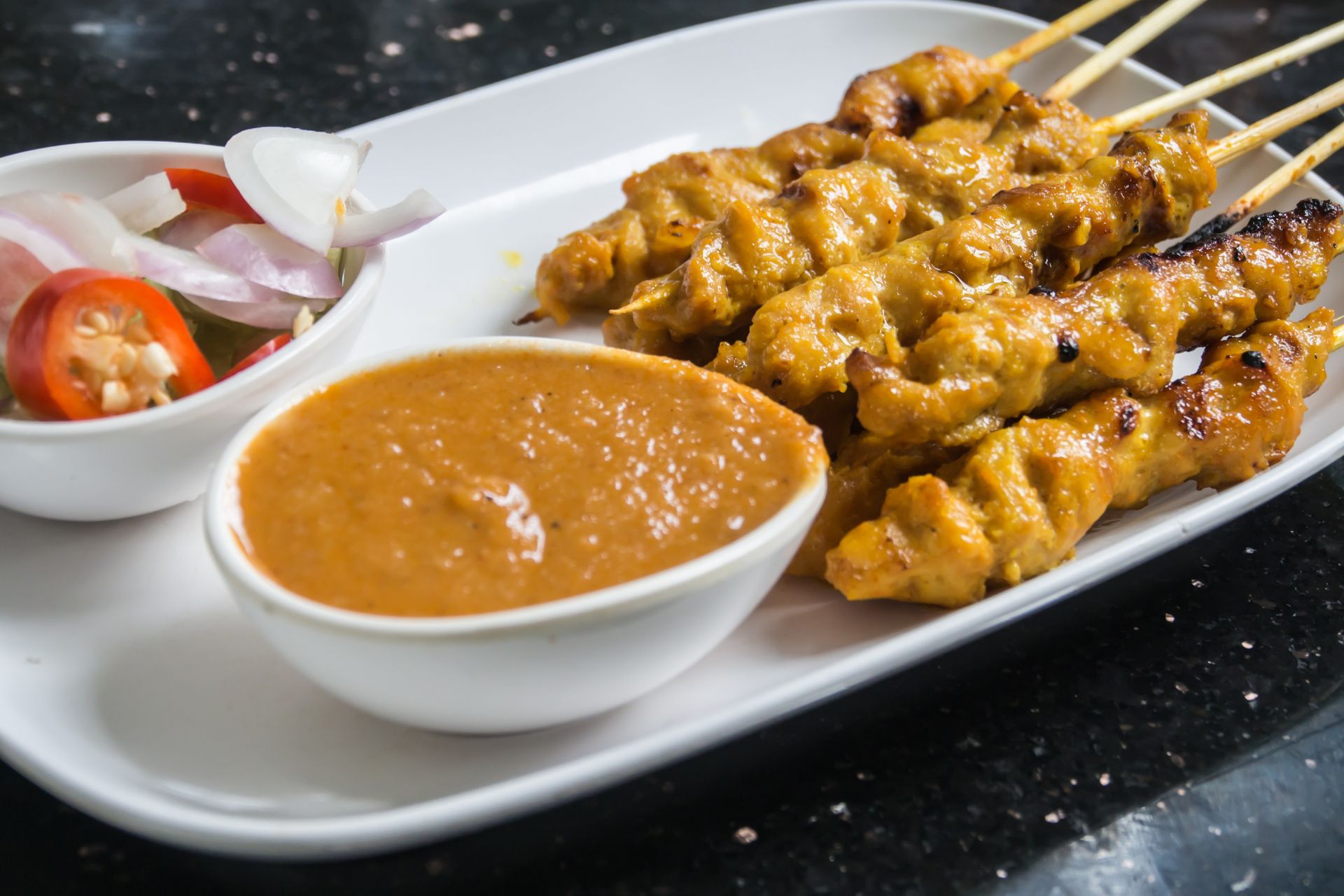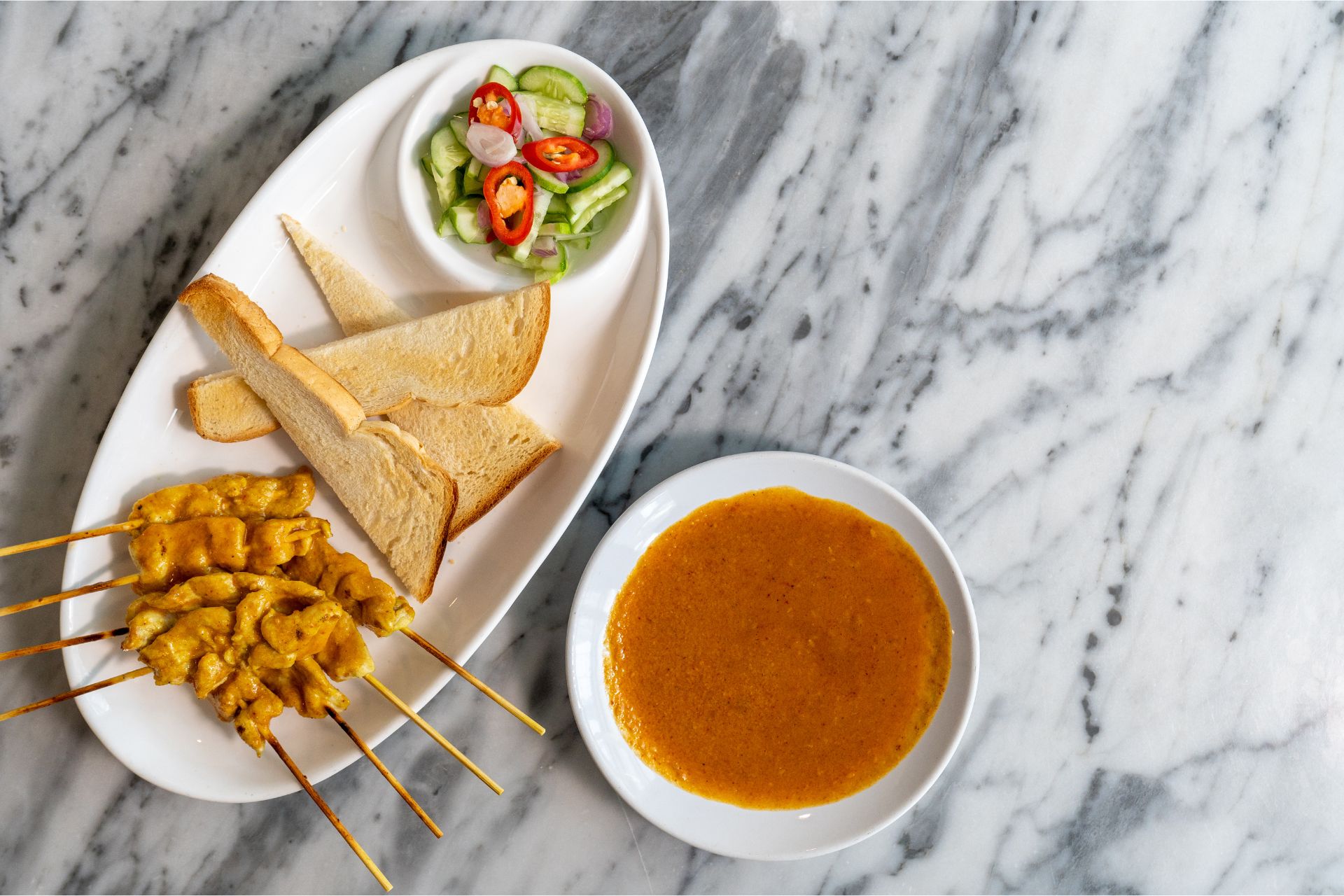A Peek into Thailand’s Hottest Star’s World: 10 Facts You Should Know About Freen
Get an exclusive peek into the world of Freen Sarocha: uncover 10 facts ...

Satay is now a popular Thai dish. This street food consists of marinated pieces of skewered meat usually served with spicy peanut sauce. In Thailand, pork satay is the most popular, while in Thai restaurants abroad, chicken satay dominates.
But where did satay originate from?

Satay is believed to have originated in the 19th century on the island of Java, Indonesia. During this time, there was an influx of Indian and Arab traders and immigrants. Satay is thought to have been developed as a variation of Indian kebab. The dish then spread to neighbouring countries, with each one developing its own unique version
Since Indonesia is a Muslim-majority country, satay there was made with non-pork meats such as beef, lamb, and goat.
It is when it arrived in Thailand, possibly via Singapore, that pork satay became popular. Another point of difference is that Thailand’s satay peanut sauce is also typically sweeter than Indonesia’s.

In Thailand, Satay is typically served with a side dish of ajat, a condiment with cucumber, chillies, and shallots in vinegar. It also comes with bread.
The meat is marinated in coconut milk, lemongrass, galangal, and other herbs and spices which vary between recipes.
Even though pork satay is Thailand’s most common satay, chicken and beef options can still be found, particularly in Muslim neighbourhoods.

In Thai restaurants abroad, particularly in North America, chicken satay is often the most popular. It is commonly served as an appetiser on bamboo skewers. Just like in Thailand, it is served with ajat, and sometimes bread as well. Satay is also popular in the Netherlands due to Indonesia being a former Dutch colony.

Get an exclusive peek into the world of Freen Sarocha: uncover 10 facts ...
In a cinematic landscape saturated with remakes, reboots and sequels, you might ...
While traditional TV shows are serving us endless boy-meets-girl tales. Thailand has ...
These top 5 barber shops in Bangkok are where gentlemen can elevate ...
Pets, as cherished members of our families, deserve rights and protections that ...
The internet makeup obsession straight out of Bangkok’s streets! Thai makeup zeroes ...
Wee use cookies to deliver your best experience on our website. By using our website, you consent to our cookies in accordance with our cookies policy and privacy policy